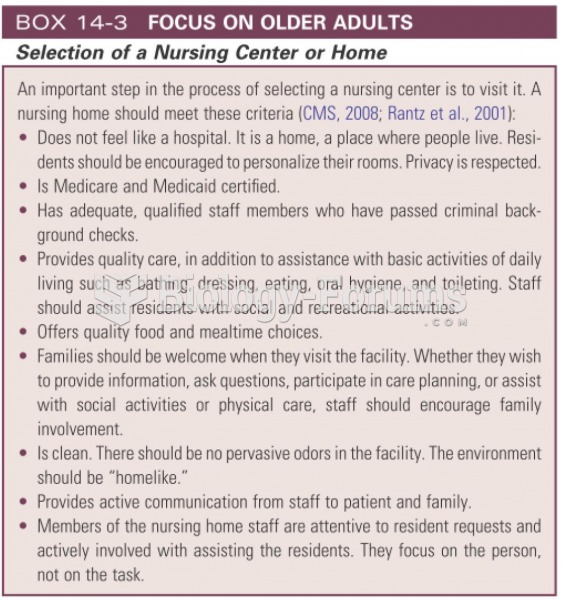Answer to Question 1
Correct Answer: 2
Rationale 1: Although headache is a side effect, it is not as important a priority as is another condition.
Rationale 2: Enalapril (Vasotec) might produce a first-dose phenomenon, resulting in profound hypotension, which could result in syncope.
Rationale 3: Enalapril (Vasotec) is more likely to cause hyperkalemia, not hypokalemia.
Rationale 4: Enalapril (Vasotec) does not affect sodium levels.
Global Rationale: Enalapril (Vasotec) might produce a first-dose phenomenon, resulting in profound hypotension, which could result in syncope. Although headache is a side effect, it is not as important a priority as is another condition. Enalapril (Vasotec) is more likely to cause hyperkalemia, not hypokalemia. Enalapril (Vasotec) does not affect sodium levels.
Answer to Question 2
Correct Answer: 1,2,4
Rationale 1: Hypotension is a symptom of thiocyanate toxicity that may manifest with extended therapy.
Rationale 2: Blurred vision is a symptom of thiocyanate toxicity that may manifest with extended therapy.
Rationale 3: Flushing of the skin is an expected side effect of therapy and does not indicate thiocyanate toxicity.
Rationale 4: Metabolic acidosis is a symptom of thiocyanate toxicity that may manifest with extended therapy.
Rationale 5: Dizziness is an expected side effect of therapy and does not indicate thiocyanate toxicity.
Global Rationale: Hypotension, blurred vision, and metabolic acidosis are symptoms of thiocyanate toxicity that may manifest with extended therapy. Flushing of the skin and dizziness are expected side effects of therapy and do not indicate thiocyanate toxicity.







